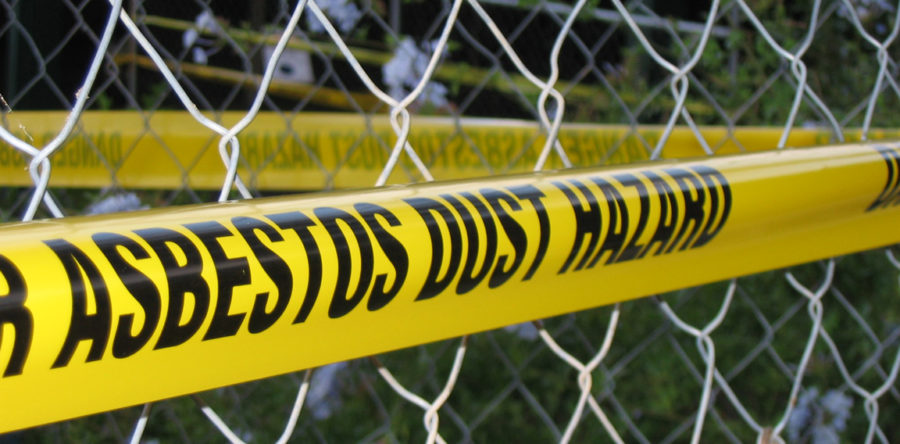Abatement vs Remediation, What's the Difference?
Abatement
Abatement involves removing the problem from the structure or encapsulating it in such a way that it no longer causes harm to others. Either way the first step is to seal off that area of the building. The best way to do that is to hang sheets of polyethylene and secure it with a polyethylene tape. The contaminated materials is then removed, placed into polyethylene disposal bags, and closed securely with tape. The remaining surface will need to be cleaned with a damp cloth and also a HEPA vacuum if the situation warrants it.
Remediation
Remediation means addressing the underlying problem so it doesn’t happen again. The remediation plan, which includes an abatement strategy, should be created before any work begins. This usually involves having a professional service provide a written report outlining the scope of the problem, the source of the contaminate, recommendations for removal of contaminated materials, solutions for eliminating the initial problem, and what testing needs to be done.
Do you need to choose one method over the other? The answer lies in the type of toxic material in question. Since asbestos and lead were intentionally added to construction materials (before their health hazards came to light) once they are abated the problem is resolved. However as an organic material, mold needs the extra step of remediation. Unless you address the source of the moisture it will always return.






